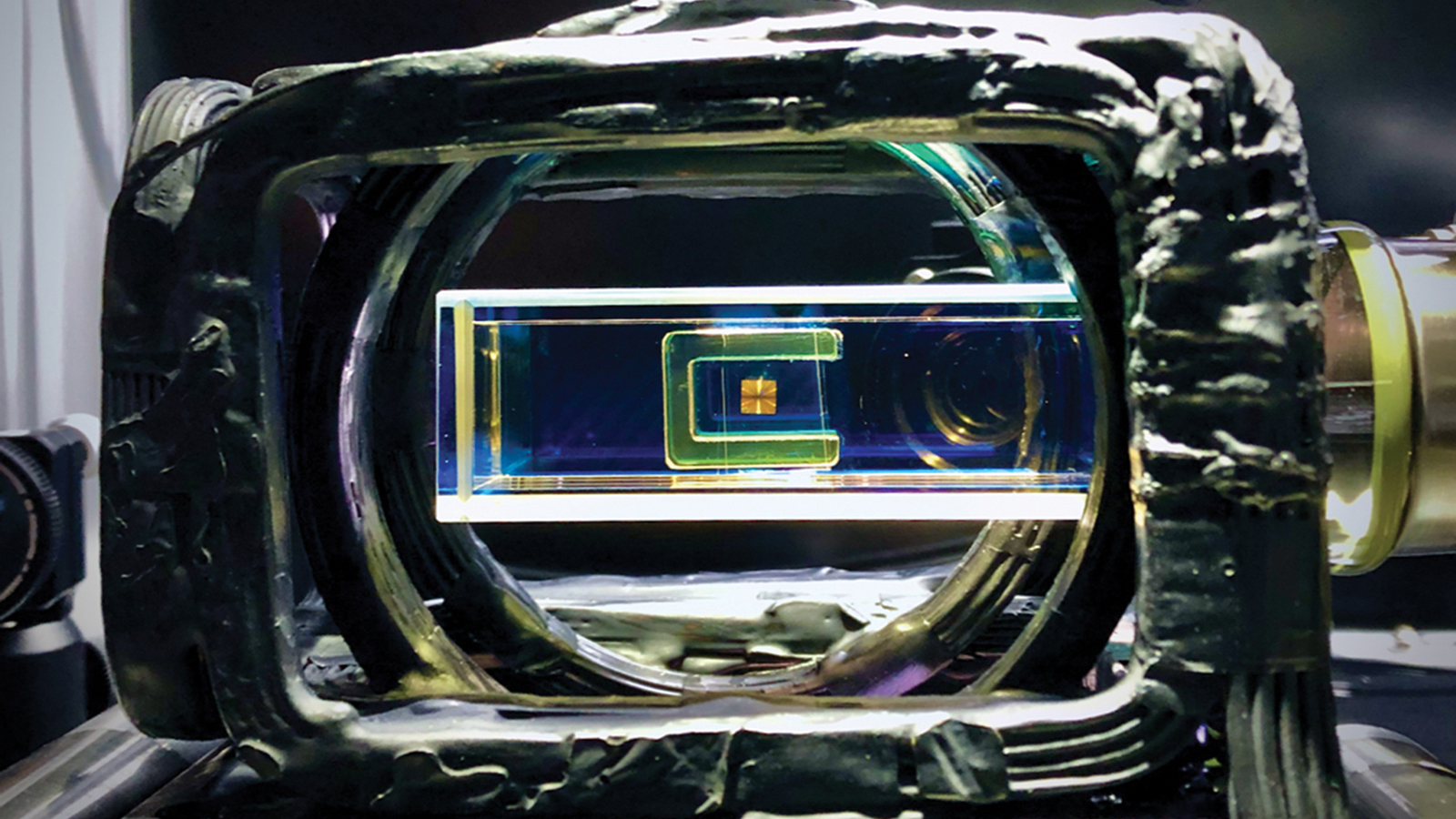Integrated Photonics Research
IPR brings together experts from both academia and industry for an open discussion of cutting-edge research, trends and problems.
In 2024, the topical meeting continues with the broadened scope started in 2015, which incorporated new sub-committees dedicated to Photonic Devices, Applications of Photonic Integrated Circuits, Integrated Nonlinear and Quantum Optics, and New Materials for Integrated Photonics. Also new developments in modelling, design, fabrication, testing and packaging are addressed, as well as the combination of integrated photonics with artificial intelligence, quantum technology and other emerging fields.
Panel and open-discussion sessions are included to facilitate a forum for the free exchange of ideas.
Topics:
- Photonic devices
- Active and passive photonic integrated devices including lasers, modulators, detectors, isolators, amplifiers, switches, filters, and waveguides, fabricated from various materials including
- Compound semiconductors
- Silicon and other group IV semiconductors
- Dielectrics and polymers
- Lithium niobate and other Pockels effect based materials
- Silicon nitride
- Phase change materials
- Fabrication and characterization technologies for photonic integrated circuits and devices
- Lithography and etching techniques
- Micromachining techniques
- Growth and deposition approaches
- Self-organized fabrication methods
- Novel assembly and manufacturing techniques
- Heterogeneous and hybrid integration of materials and structures
- Foundry-based fabrication for mass production
- Linear and electro-optic waveguide characterization
- Micro- and nano-structure characterization
- Reliability advances and issues
- Packaging technologies and fiber-to-chip coupling
- Nano- and meta-photonic devices
- Topological photonics
- Photonic crystal devices including waveguides, resonators, and light sources
- Nano-engineered and sub-wavelength devices for light generation, waveguiding and detection
- Nanostructured photovoltaics
- Plasmonics
- Metasurfaces
- Device theory, modelling and design
- Modelling, design and optimization based on advanced approaches including machine learning and reverse engineering
- Novel device theories and physical insights
- Active and passive photonic integrated devices including lasers, modulators, detectors, isolators, amplifiers, switches, filters, and waveguides, fabricated from various materials including
- Applications of photonic integrated circuits (PICs)
- PICs for classical applications including:
- Telecom and datacom
- Computing
- LiDAR and integrated optical phased arrays
- PICs for quantum computing and communication and for artificial intelligence
- Optical quantum memories and computing
- Optical quantum communication and key distribution
- On-chip optical trapping
- Optical neuromorphic computing
- Artificial intelligence, machine learning and edge computing
- PICs for precision timing and atomic physics
- Modelocked lasers and frequency combs
- Ultra-narrow linewidth oscillators
- Optical references
- Novel applications of PICs
- On-chip biochemical sensors and transducers
- New functionalities implemented in PICs
- PICs for classical applications including:
- Integrated nonlinear and quantum optics
- On-chip nonlinear-optical pulse propagation and nonlinear-optical devices
- Solitons, supercontinuum generation, and frequency combs
- Nonlinear switching, modulation, memories and logic on-chip devices
- Nonlinear optics in devices based on novel materials including metamaterials, thin films, and 2D materials
- Nonlinear opto-mechanics
- On-chip nonlinear frequency conversion for classical and quantum applications
- Frequency comb generation
- Harmonic generation
- Raman and Brillouin gain
- Frequency (up/down) conversion
- Frequency conversion-based generation of single/entangled photons
- On-chip quantum sources and detectors
- Quantum dots and other single-photon sources
- Quantum state characterization including single photon detection and homo/heterodyne detection
- Quantum transduction approaches including microwave-optical bridging and hybridization
- Quantum opto-mechanics
- Squeezed states generation and detection
- On-chip nonlinear-optical pulse propagation and nonlinear-optical devices
- New materials for integrated photonics
- Application driven advances
- Energy efficiency through materials advances
- Materials for optical computation
- New materials and integration approaches for active systems
- Heterogeneous and hybrid material platforms and integration
- Novel materials for quantum photonic devices and emitters
- New materials for nonlinear optical devices
- Extreme materials and interactions
- Beyond graphene: the new class of 2D materials for active and passive photonic devices
- Exceptional photonics: materials, devices and physics with exceptional points
- Epsilon near zero and near zero index materials
- Phase change materials for dynamic photonics
- Materials for spatio-temporal modulation and time crystals
- Biomimetic and bio-inspired materials
- Metamaterials
- Application driven advances

